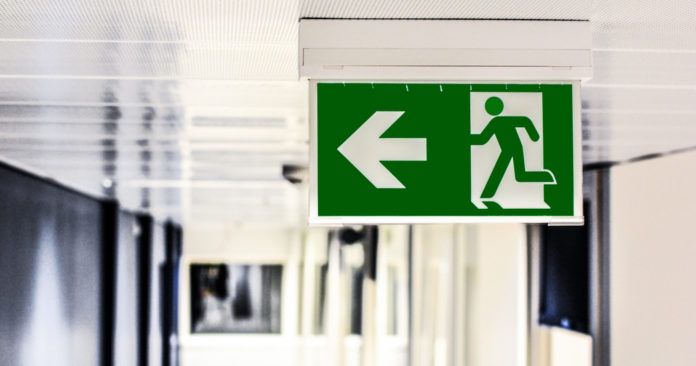With Hurricane Maria bearing down on Puerto Rico and Hurricane Jose perhaps set for a glancing blow of New England, skilled nursing operators in various parts of the country are facing more potential tests of their emergency plans.
Plus, with new Centers for Medicare & Medicaid Services (CMS) rules about disaster prep set to take effect in November, and the painful memories of hurricanes Harvey and Irma still fresh in the industry’s collective mind, the need for a solid plan is particularly urgent.
Skilled Nursing News asked Janine Finck-Boyle, a licensed nursing home administrator and director of health regulations and policy at LeadingAge, for a breakdown of what companies can do immediately to shore up their disaster preparations before the next emergency hits.
1. Conduct a full hazard vulnerability analysis
Part of the new emergency preparedness rules, a hazard vulnerability analysis (HVA) requires nursing home administrators to take a deep look at all of the potential hazards that could arise in a SNF’s particular region — hurricanes in South Florida, earthquakes and wildfires in Los Angeles, or snowstorms in Boston.
Once the threats are identified, Finck-Boyle said, nursing homes must plan out a facility’s needs for the duration of a disaster, from the first moments to the third or fourth day without power or adequate food deliveries. This could include ensuring a backup generator works and has enough fuel to last multiple days — as a new Florida rule will require over the next 60 days — as well as stocking away an extended supply of food, medical supplies, and other consumables. In addition, Finck-Boyle said, SNF operators should investigate how they can keep deliveries coming even during a storm.
But the best plans still require execution, and Finck-Boyle said nursing homes need the ability to establish a command center where employees can ensure the analysis is followed as closely as possible as the emergency unfolds.
2. Keep communication lines open
The new CMS regulations also require SNFs to set up a communication plan with local authorities and nearby facilities, and Finck-Boyle stressed the importance of never losing touch with local and state emergency departments, departments of health and utility companies.
But Finck-Boyle also noted that operators should remain in close contact with employees before and during an emergency.
“You want to make sure they’re safe, because they have families also, and they could end up being in the facility for days,” Finck-Boyle said. “Do the staff have a plan for their families? Is there a way that you can help them with their families?”
3. Drill, baby, drill
Safety drills are commonplace in skilled nursing facilities, but to maximize their effectiveness, Finck-Boyle suggested tailoring them to the specific threats that a facility might face — and not just conducting a generic fire or evacuation simulation.
“My suggestion to CEOs and nursing home administrators and executives is that you do a drill for the exact incident that may happen in your environment,” she said. “So in this case, is it a hurricane? Is it a snowstorm? And you follow it exactly how you think it could happen.”
Though she acknowledged that some emergencies can’t be anticipated, practicing the most common scenarios will lead to better execution in the situations that administrators and residents are likely to face. Plus, CMS inspections will likely focus heavily on whether or not SNFs are actually preparing for emergency situations with live drills — putting facilities that don’t act at risk for sanctions.
4. To evacuate or not?
Every good plan should also have a detailed analysis of when it’s safer to evacuate to a separate facility, or when it makes more sense to shelter in place, Finck-Boyle said. The calculus — as many SNFs found out during the recent hurricanes — is difficult, requiring administrators to balance variables such as transportation problems and maintaining sufficient supplies to keep residents safe and healthy during the trip.
“These are frail, elderly individuals, and what decisions are made before, during, or after an event — they’re not easy,” Finck-Boyle said. “And you have to look at lots of different factors along the way.”
Written by Alex Spanko



